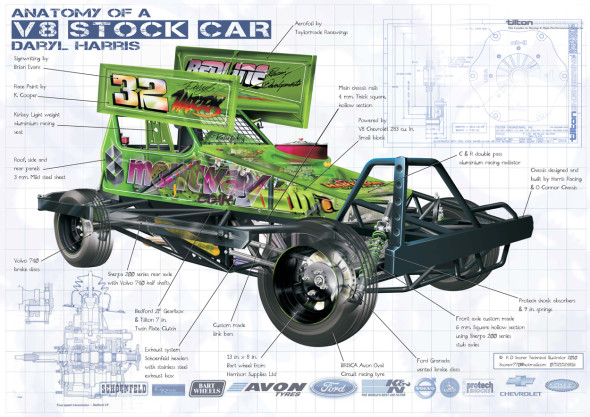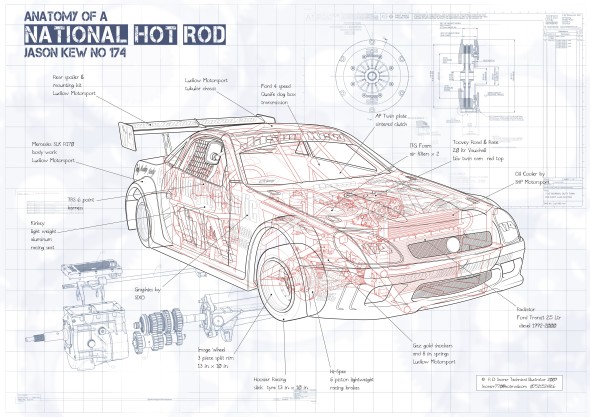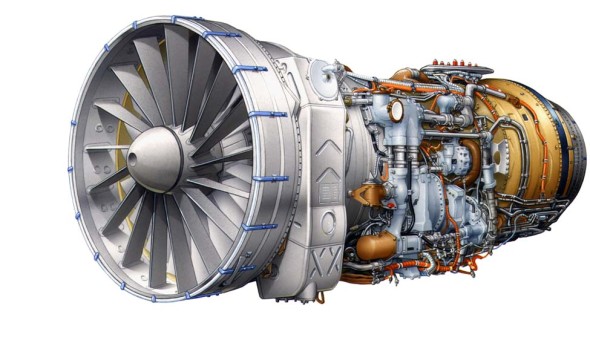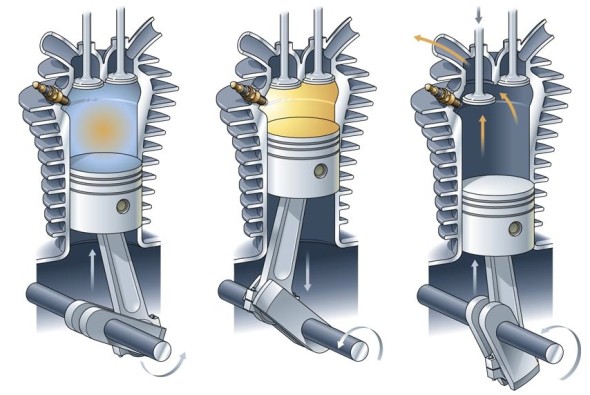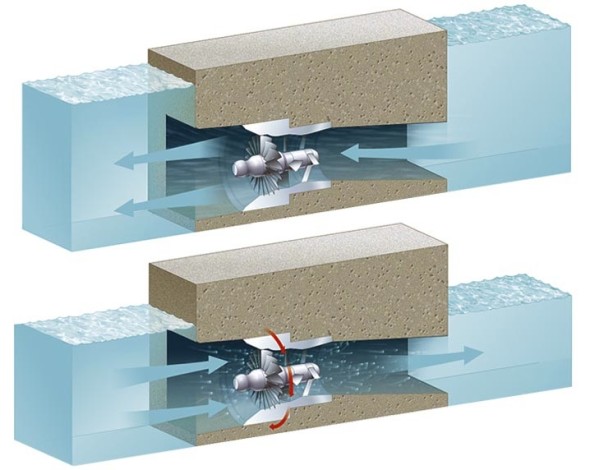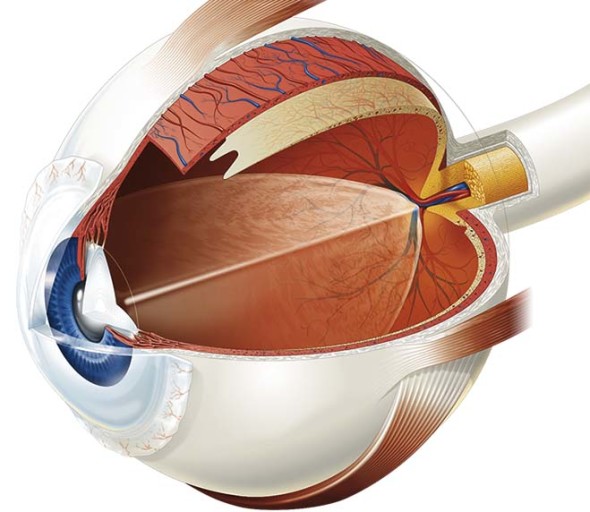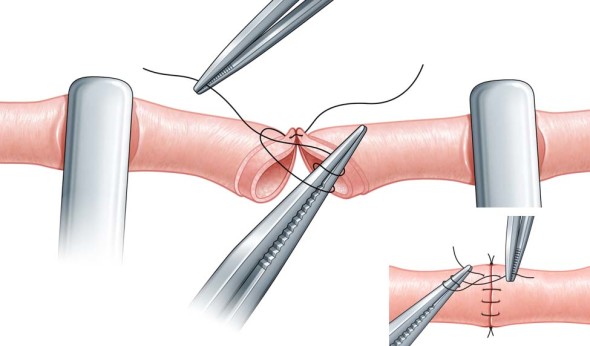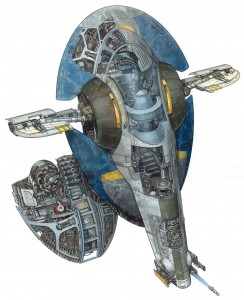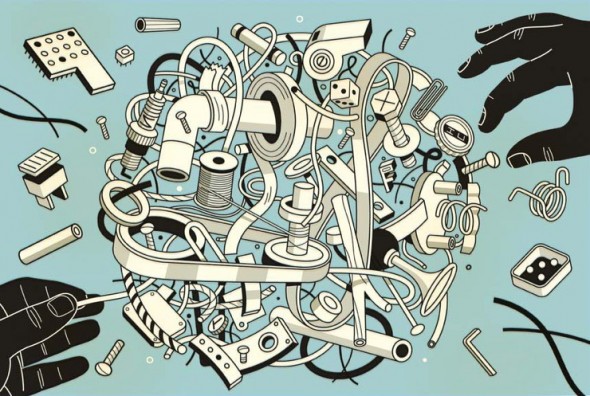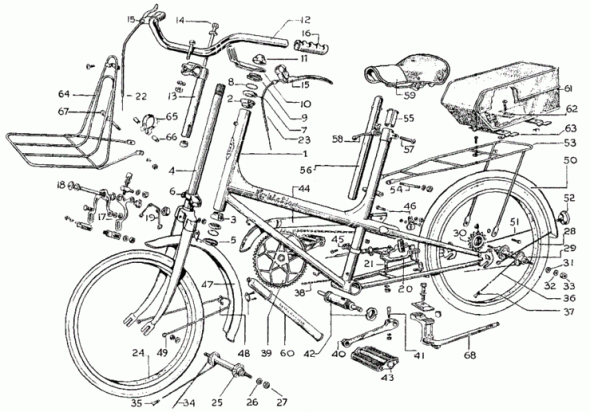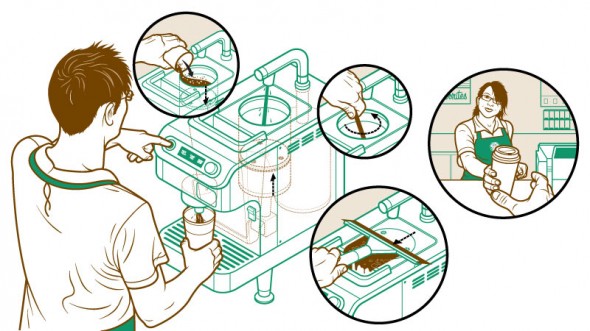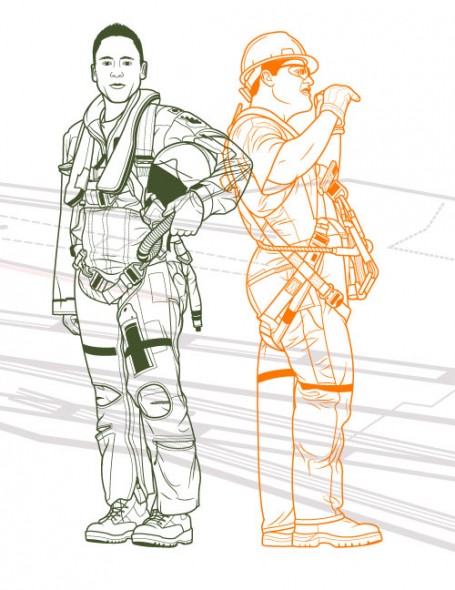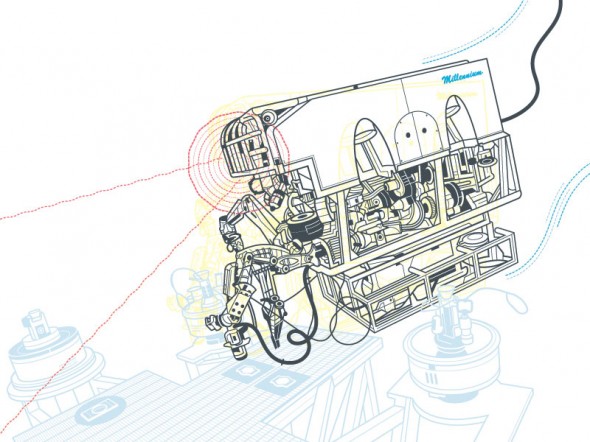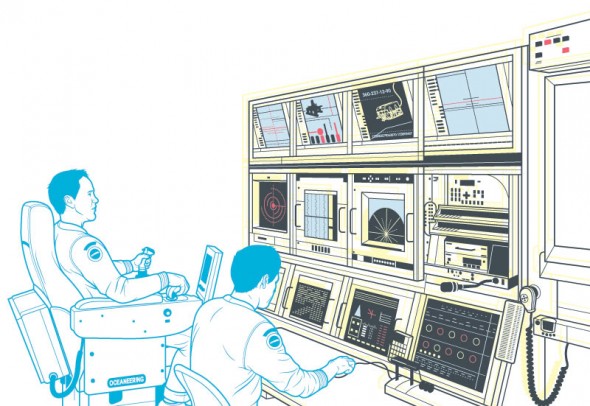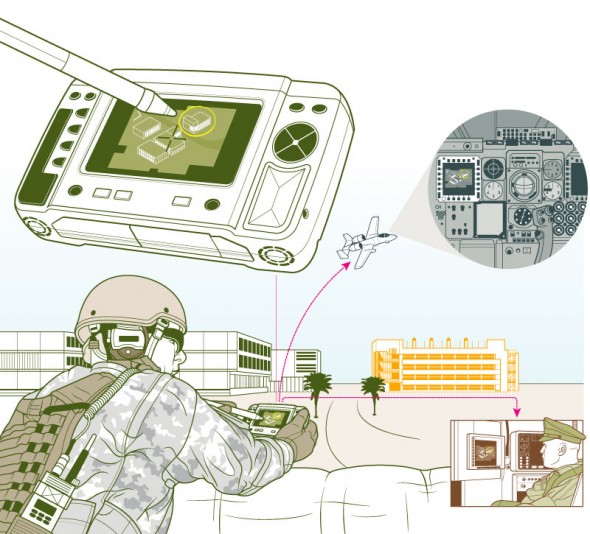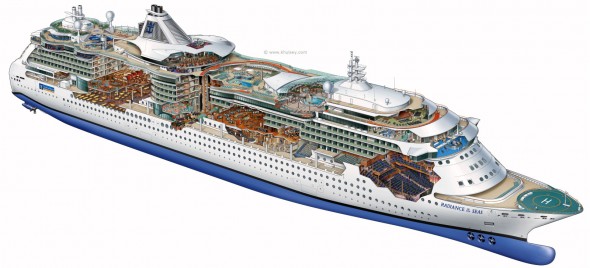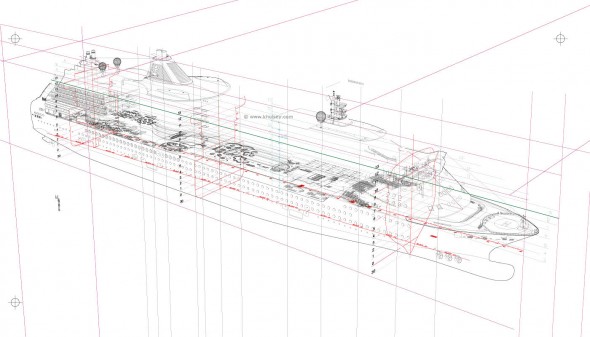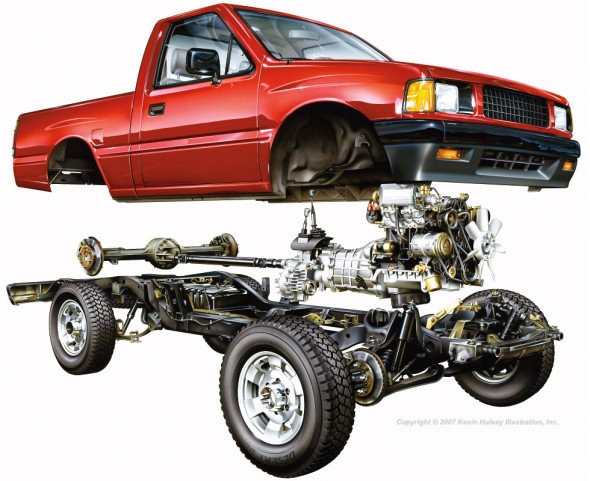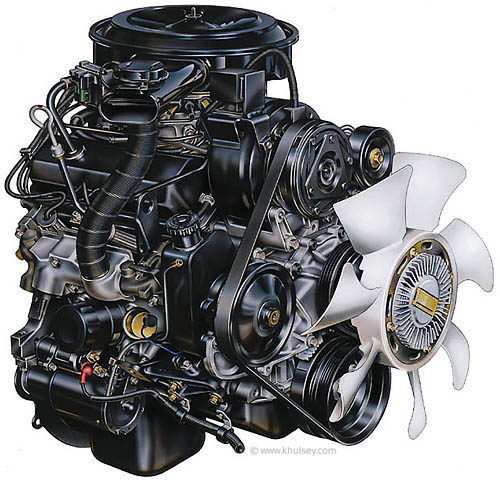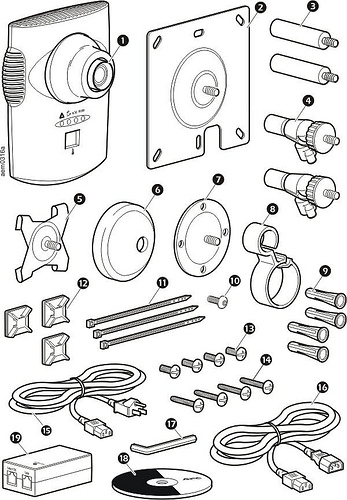The vector illustrations of Vic Kulihin are fresh, bold and contemporary. So you might be surprised to learn that his freelance career began in 1988. Vic was kind enough to answer a few questions about how the industry has changed in that time and give a few tips on having a long and successful career.
What’s your background? How did you find your way into illustration?
I started out as an engineering major at Rutgers University, but graduated with a degree in art education (long story). After college I worked as a paste-up artist for a small ad agency, which folded not long after I started. I then found a position as a technical illustrator for Bell Laboratories. This was back in the day when we used airbrushes, technical pens, straight edges, French curves and typesetting machines. During my stint there these tools were gradually replaced with Macintosh II desktop computers using Adobe Illustrator 88 software.
After a decade I left Bell Labs to start my own freelance business. The timing was right. I was able to combine my work with being a stay-at-home dad for my baby daughter. At that time I focused on colored pencil illustration, but eventually gravitated back to the Mac and vector art.
Earlier in my career I took classes at Parsons, the School of Visual Arts and the Art Students League of New York to make up for my lack of formal art training. I still take classes periodically, but the beauty of it nowadays is that they are readily available online.
What is your favorite subject matter or type of project?
Although I’ve had the opportunity to draw a great variety of things, I think my favorite subject matter has always involved mechanical devices…tools, machinery, that kind of thing. I enjoy creating assembly instructions, exploded diagrams, cutaways, schematic drawings (I think I’ve always been an engineer at heart).
What’s your process for a typical project?
I start with a thorough discussion of the project with the client: project specs, style, number of iterations of sketches/final art, timeframe, budget, etc. When the project involves a product I ask the client to supply me with reference photographs and, whenever practical, the actual product itself. For projects involving people I will often photograph live models and/or use software like Poser or DAZ.
I currently work on a Mac Pro with a 30” Apple Cinema Display; I also have a Wacom Intuos3 tablet that I use infrequently (oddly enough I feel most comfortable wielding a mouse). Software of choice is Adobe Illustrator.
Tools like Skype and GoToMeeting have allowed me to work closely and “in person” with clients globally, something I never would have envisioned when I first started out.
You market your services in a number of illustration directories. What has been your experience with that?
I find that of all the portfolio sites I use the majority of my work comes from three directories (theispot, Directory of Illustration, Workbook) and the assignments from these have covered the gamut of illustration. The income that results from these projects generally justifies the expenditure for these sites. I also periodically do a direct mailing campaign. Recently I’ve expanded my online visibility and interactions through social media such as Behance, Twitter, Facebook and LinkedIn.
You’ve been illustrating for 27 years, what do you think makes for a long and successful career?
The biggest challenge has been dealing with the “feast or famine” syndrome…drumming up business when things are slow, or trying to deal with the onslaught when things get very busy.
As for the future?… For some years it seemed like photographs and video were “where it’s at”. But I’ve noticed more recently a big increase in the use of illustration across media.
That’s great news for the likes of us!









